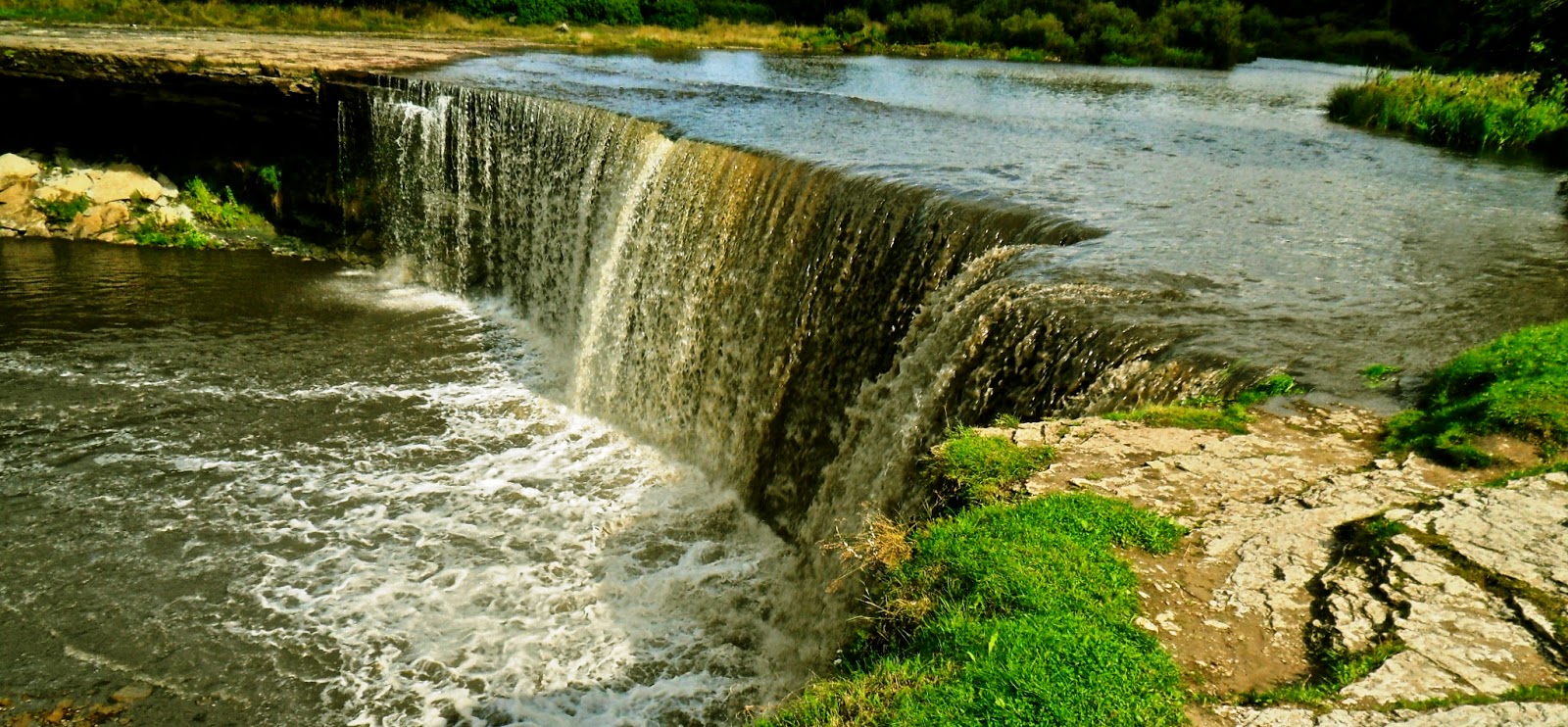If you are looking for a little
adventure off the beaten track, then a trip to Belmore Falls is worth including
in your itinerary. Belmore Falls are one of three waterfalls descending into
the northern end of Kangaroo Valley and part of the Morton National Park in
south eastern New South Wales, Australia. Belmore Falls is situated in Morton
National Park between Fitzroy Falls and Carrington Falls. The Belmore Falls
area, 8 KM south of Robertson, offers outstanding vistas of Kangaroo Valley and
two waterfalls which drop a total of 100 metres into the Barren-Garry Creek
Valley; the main fall drops a spectacular 78 metres. A short walk leads through
relatively undisturbed Eucalypt forest to several lookouts from which the falls
and magnificent rainforest in the valley below can be seen.
Belmore Falls Walk is 1 ½ KM an
easy 45 minute walk. Typical sandstone flora is a special feature of this walk,
including flowers such as honey flower, banksia, wattle and tea-tree. Plant
communities on this walk include Eucalypt forests, Woodlands, Rainforests and
Heathlands. A track leads off to four lookouts located along the eastern edge
of the escarpment. There are excellent views of the valley and across to the
falls. The natural significance of the site was recognized in 1883 by the
decision to reserve it for 'Public Recreation and Preservation of Timber' with
the official dedication of Barren-Garry Park at Belmore Falls taking place in
April 1887. The site being 550 metres above sea level, several lookouts were
established. One is Hindmarsh's Lookout that provides views over Kangaroo
Valley and township.
It was great to be able to
photograph the falls from several different angle you just need to follow the
signs around the escarpment to several lookouts, the last of which provides
views of the waterfall. Typical sandstone flora is a special feature of this
walk, including flowers such as honey flower, banksia, wattle and tea-tree. There
are also rainforest, bush land and wildflowers to see. It’s a good idea to put
sunscreen on before you set out and remember to take a hat and plenteously of
drinking water, and for safety reasons, you must avoid trying to view the falls
at Barren-Garry Creek crossing. To return, go back the way you came, or make a
shortcut across the car park and reaching the falls from Robertson involves a
thin winding dirt road; drive with care. There are picnic tables nearby if you have
time to stop for a bite to eat.




















































